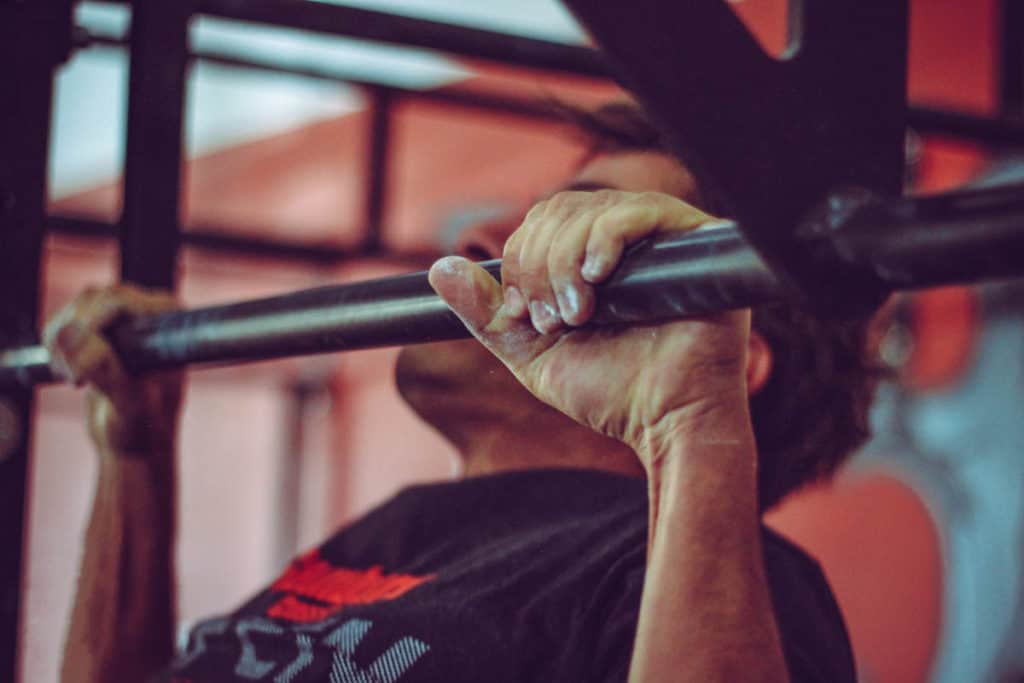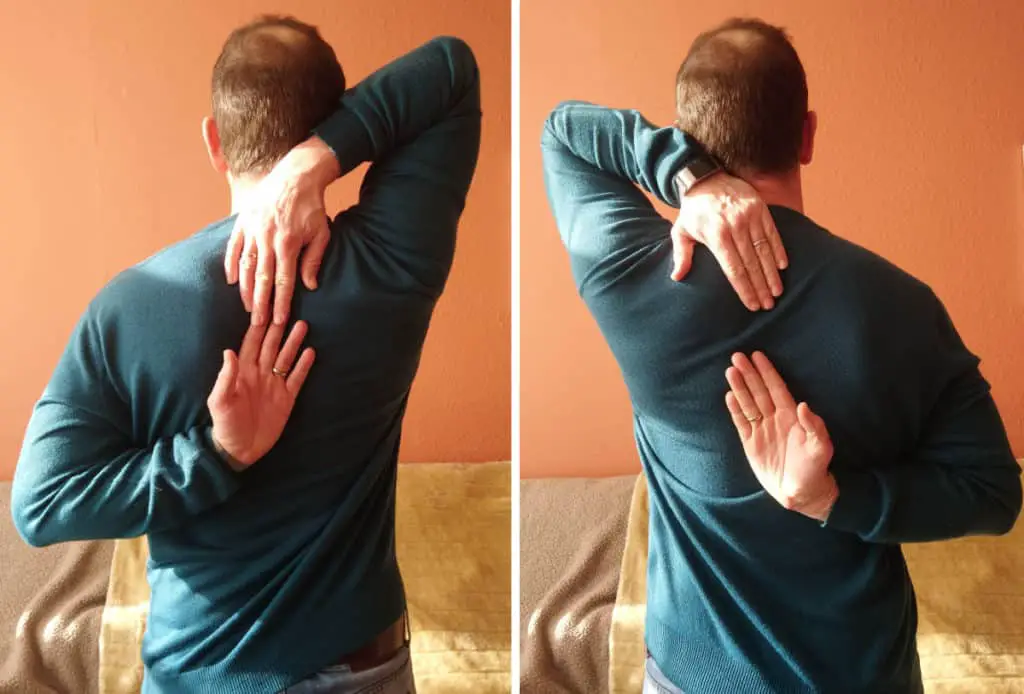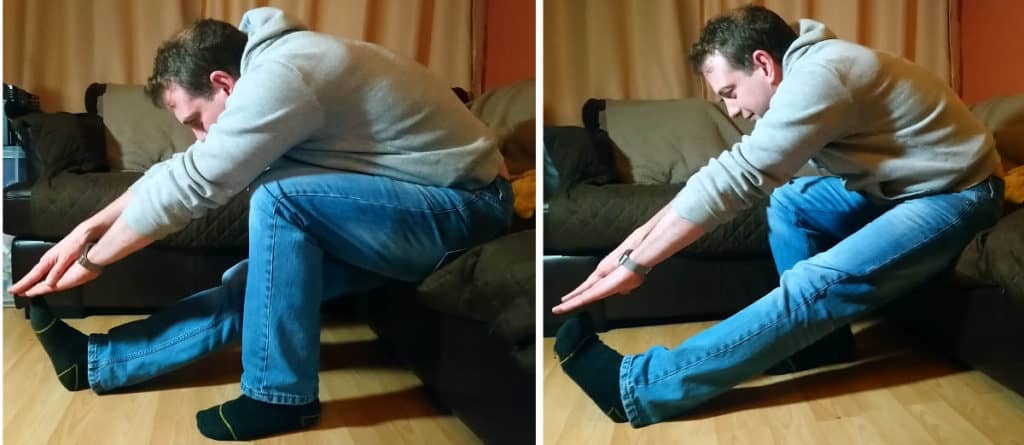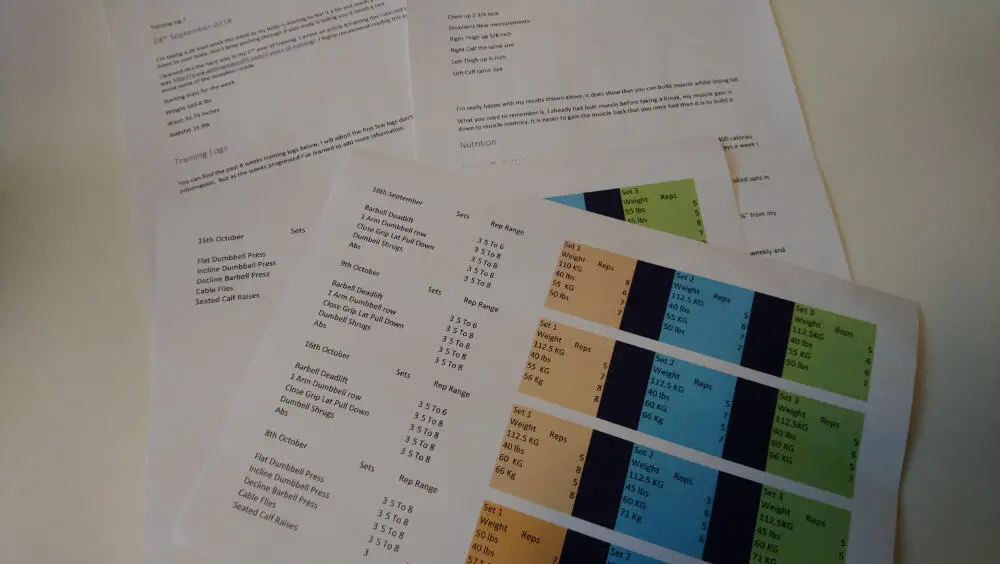In 2005, a study was conducted to establish how fitness levels declined with age. As I read through it, I found out that fitness levels start to nosedive after 40, and by 70, our bodies’ aerobic capacity drops by over 20 % every ten years. That means our maximum exercise capacity reduces over time, so it takes more effort to accomplish physically demanding tasks as we grow older. At 60, walking up a flight of stairs can leave you wheezing and gasping for air.
However, nobody’s fate is sealed in stone, according to Jerome L. Fleg, MD, a researcher and cardiologist, who believes that despite the findings of the study, everyone can improve their fitness, even if it’s just by walking regularly. This made me wonder how far should the average 60-year-old be able to walk in a day.
At 60+ years old, the average distance you should be able to walk in a day is around 3.5 kilometers (2.1 miles). This figure is an aggregation because even at 60+, people have varying levels of fitness. Some may be able to walk as much as 4.6 kilometers a day; others may not go past 1.4 kilometers. Factors like weight, prior medical conditions, lifestyle, and mindset have a significant impact on your maximum exercise capacity.
I found myself digging deeper into the subject to find out how often a 60+-year-old should walk, how long it should take to cover the recommended distance, as well as a useful way to measure your fitness as you become older.

How Many Steps Should a 60-Year-Old Take Every Day?
Today, it is straightforward to keep track of your walking via apps and gadgets. If you own a pedometer and would like to know the recommended number of steps you should take every day, here’s a quick breakdown:
- The average walking distance for a 60+-year-old is roughly 2.1 miles. That translates into 4,933 steps a day.
- The number of steps a 60+-year-old should take a day is 6,741, or 2.6 miles. This amount is considered to be a higher limit.
- The least number of steps a 60+-year-old should be able to take in a day comfortably is 2,251, which is equivalent to about a mile (0.9 mi to be exact).

Keep in mind that if you’ve not been physically active for a while, you might have to build up to the recommended average, which is about 5,000 steps a day. Start by walking in short bursts and gradually build your stamina over time.
If you don’t own a pedometer check out Amazon as they have a wide range of fitness trackers at affordable prices. If you have any young grandchildren get them involved as well. You will be chatting away and within no time you will be reaching your step target. If your grandchild has their own kids’ fitness tracker you can set each other challenges.
What are the Benefits of Walking Regularly?
Walking is the highest recommended form of exercise. It requires little more than a comfortable pair of shoes, but it brings tremendous health benefits, both physical and mental. As a form of exercise, walking is an excellent physical activity that helps you maintain fitness even through your sixties. It is easy to do and fits most routines effortlessly, making it very beginner-friendly as well.
What are the Other Benefits of Walking Regularly?
1. Your Heart Gets Stronger
Walking, even for just 30 minutes a day for five days a week, reduces your risk of developing heart diseases by up to 19%. The more you walk, the less you’re likely to suffer from a life-threatening heart condition. Besides that, your stamina goes up as well, making you less likely to be winded by minor physical activities.

2. Walking Helps with Joint Pain
Walking strengthens the muscles that surround the joints and keeps them lubricated. Walking regularly keeps your joints healthy and strong. If you have arthritis, walking at least a mile a day can help reduce joint pain as well as prevent arthritis from spreading to your other joints. A good pair of walking shoes or trainers with shock absorbancy is essential if you have arthritis.
3. You Burn Calories
One of the well-known benefits of walking is it helps you lose or maintain weight through the burning of calories. You should note that the number of calories you can burn while walking depends on your speed, the distance you cover, your weight, and the terrain (walking uphill burns more calories).
4. Walking Boosts Your Immunity
According to this study, walking may make your immune system stronger. In the study, the participants who walked for at least 30 minutes a day at a moderate pace were 43% less likely to get respiratory sicknesses. The frequent walkers typically suffered fewer symptoms as well compared to the participants who didn’t walk.

5. You Stay in Great Physical Shape
Any form of exercise that engages your muscles for a period keeps them healthy and well-toned. Though it may not be your end goal, walking keeps your leg muscles toned, and conditions them to be more resilient.
6. Walking is a Mood Enhancer
An unprecedented benefit of walking is the effect it has on your mental health. Walking reduces negative moods and conditions like anxiety and depression. The confidence you get from accomplishing your daily exercise also does wonders for your self-esteem.
7. Increased Energy Levels
If you feel tired constantly, then walking is an excellent exercise for getting your energy levels up. As an aerobic activity, it increases oxygen levels in your blood. It also increases energy-elevating hormones such as norepinephrine and epinephrine.
8. Your Blood Sugar Goes Down
Taking walks after meals is an excellent way to keep your blood sugar levels in check. Keep in mind that walking only has this effect when you perform it immediately after a meal.
What Other Exercises can a 60-Year-Old do?
Apart from walking, what other low-impact exercises can a 60+-year-old do to stay fit?
Resistance Training
Resistance training can be done at home or in the gym. You can use weights like dumbbells, but if you don’t have those, there are some household items (cans of food, etc.) that you can use. The key is to start slow. Use weights that you can lift effortlessly. Start with five reps, then increase to 10 reps, then gradually 15. When it becomes easy, either add the weights or increase the number of sets you do each day.

Resistance training helps your muscles acclimate to strain, allowing you to build muscle strength, core stability, and balance.
Stretching
Stretching is very important before and after workouts, but it is also an exercise by its own merits. Stretching improves your flexibility and minimizes the risk of injury during training.

How can You Measure Your Fitness?
It is essential to know how fit you are. It helps you know which exercises suit you, and which ones are more likely to harm you. You can’t judge your level of fitness just by standing in front of a mirror. Luckily, there is a method I came across that is quite straightforward and accurate when it comes to measuring fitness in people in their sixties.
1. Endurance Test
Put on a pair of sturdy and comfortable walking shoes. At a moderate pace, start walking around, and keep at it for about six minutes. If you have access to a gym or marked track, the better for you because you should walk for 400 (437 yards) meters, at least.
At the end of your walk, note how tired you are. You should feel a little exerted, but not too much that you can’t hold a conversation. In their sixties, men should be able to comfortably cover between 545 and 680 yards, while women should be able to handle between 480 and 615 yards.
Any figure in between or above the mentioned limits is fine. However, if you can’t cover more than 350 yards while walking, then your fitness levels are far below average. Consider talking to your physician to formulate a diet and exercise plan that’s tailored to suit you.
2. Upper Body Flexibility
Stand with your feet shoulder-width apart and relax your posture. With one hand, reach over your shoulder towards the small of your back, and with the other, reach up from behind your back as if to clasp the other hand.

Have someone measure the distance between your outstretched middle fingers. For every inch of space, you lose a flexibility point (-1), and for every inch that your hands overlap, you gain a flexibility point (+1).
With those guidelines in mind, here’s what you should expect:
- Men over 60 score an average of -4 flexibility points or higher
- Women over 60 should score -2 points or higher
- Anything over -5 (men) and -4 (women) is indicative of low upper body flexibility
Test both sides of your body.
3. Lower Body Flexibility
Place a chair against the wall and sit on its edge with one foot planted flat on the floor. Stretch your other leg out so that the heel rests on the floor and the toes point upwards. Place your hands atop each other with the middle finger aligned and stretch to touch the tip of your extended toes.

Have someone measure the distance as well. Healthy men have a standard range of -3.5 to +2.5, and for women, the range is -1 to +4.
Test both sides of your body.
4. Overall strength
Measure your strength levels by doing pushups. In your 60s, you should be able to do at least 10 of them in a day, or at most 20. If you’re out of shape, start by pushing up against the wall at an angle, then progress to doing pushups on your knees before finally doing full pushups.
Walking is a great way to stay fit in your sixties
Conclusion
Walking is a simple activity that helps you stay fit well into your sixties. You can easily adjust it so that it fits into your routine, plus it becomes even more comfortable with time. Walking is also a high social activity that improves your mood, helps your self-esteem, and improves your social life, all the while leaving your body with significant physical and mental benefits.




How far should a 60-year-old be able to walk?
I dunno, but I *can* advise that this 60-year-old takes 20 minutes at lunch to run two miles.
Not setting any records. I’ve never much cared for running. But it keeps me that much healthier.
my name is aj i have R A and walk around ingles gro store i do 9 laps and iam slow but feel better and the employs are very nice my own fan club been doing this every day for 4 month started at 4 laps take a hour or more